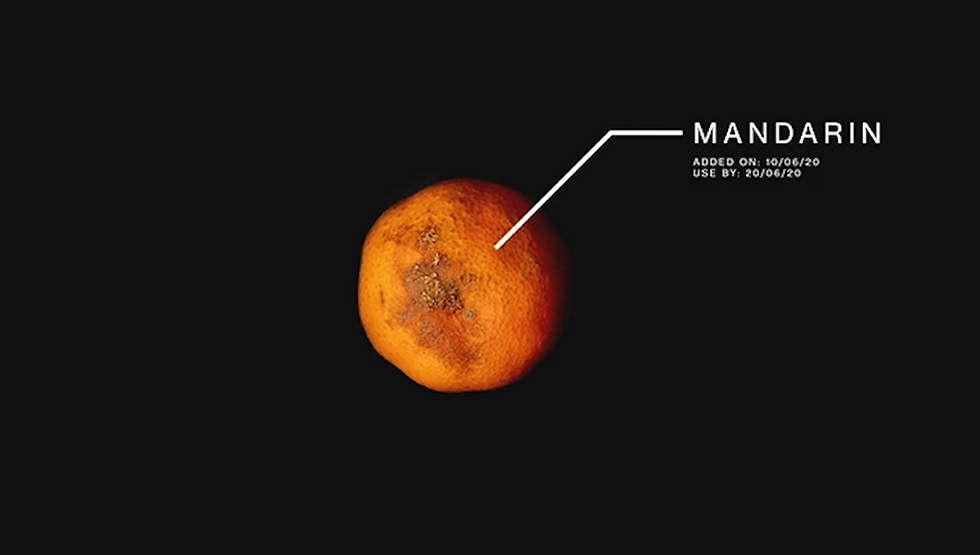Big Hill North Moon, A Virtual NFT Gallery
- Skylir

- Jun 16, 2022
- 2 min read
Updated: Jul 25, 2024
Big Hill North Moon is a virtual NFT gallery that revitalises an abandoned school in Hsinchu County, Taiwan, combining local culture, history, and innovation. Through immersive 3D modelling and a metaverse experience on Mozilla Hubs, visitors can explore the restaurant's transformation and discover unique NFTs, contributing to global recognition and local economic growth.
Explore our NFT gallery on Mozilla Hubs here: Big Hill North Moon
Design Process – Part 1 : The Brief
We were tasked to curate a report that includes the following sections :
An introduction to the problem and overview of the identified opportunity
Take the position that the prospective client is new to our topic/case study and explain concisely the problem we have identified and the opportunity it presents.
Proposed digital tooling & technology
Explain to the client what format and digital tooling will your solution explore/use.
Scope and limitations of the project
Manage the client's expectations - what we will and will not explore or develop within this stage of the project.
Execution plan
Break the project down into smaller milestones or phases - Explain to the client what we will achieve at each stage.
A timeline or execution schedule
Graphically explain the previous step and identify how long will each of these stages will take and perhaps who in the team will be working on these stages.
Financials / Fee proposal
Provide an estimate to the client of how much funding this project requires. Include an estimation of hours at each stage, identify any additional resources, travel, collateral costs. Include a grand total including GST.
The First Deliverable: Project Proposal
Design Process – Part Two : The Digital Solution
We were tasked to use our project proposal and execution plan (from Part 1) into a functional prototype for showcase and presentation to a professional panel. Solutions put forward by the group are to be “digital” in format and experience. We were encouraged to synthesise a solution from a range of design domains such as service design, experience design, gamification, UI/UX and or interaction design.
We were also tasked to go through the outlined stages twice throughout our project span:
Step 0: Understanding the brief and making assumptions
Step 1: Map, visualise and reverse engineer the problem
Step 2: Identify gaps in knowledge, tools and prioritise actions
Step 3: Iterate potential features and solutions
Step 4: Decide on the best solution
Step 5: Build our prototype
Step 6: Test with 5 x Target users
Step 7: Learnings and reflections
Design Process – In-Depth Documentation
Check out our Miro board below!


